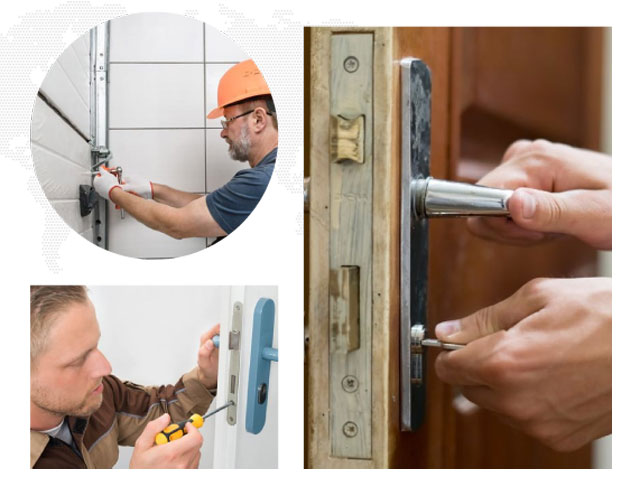How to Improve Lock Opening Efficiency
2025-04-16 13:48

Lock opening, whether for professional locksmiths, security experts, or even individuals managing everyday lock-and-key challenges, is a task that demands precision, patience, and the right strategy. Improving lock opening efficiency not only saves time but also reduces the risk of damage to the lock mechanism or the surrounding structure. In this article, we'll explore several practical ways to boost lock opening speed and success—ranging from mastering techniques and choosing the right tools to using modern technology.
1. Understand the Type of Lock You're Working With
Before attempting to open any lock, it's critical to understand its design. Pin tumbler locks, wafer locks, disc-detainer locks, and smart locks all operate on different mechanisms. Each type responds better to certain tools and techniques. For instance, picking a basic pin tumbler lock requires a different skill set than bypassing a smart lock.
Efficiency starts with knowledge. The more familiar you are with different lock designs and their weak points, the faster and more effectively you'll be able to open them. Studying lock mechanisms through online courses, videos, or hands-on practice helps you reduce the guesswork in real situations.
2. Use the Right Tools
The right tools make a huge difference in lock opening efficiency. Traditional tools like tension wrenches, hook picks, and rake picks are essential, but modern locksmiths often go beyond basics.
Try investing in high-quality tools designed for speed and precision. Electric pick guns and snap guns can open certain locks in seconds with minimal effort. Bump keys, when used correctly, also offer quick entry into standard pin tumbler locks. For those looking to expand their toolkit, you can buy lock picking tools at barhomevip.com, a trusted source for professional-grade equipment. For smart locks or electronic access systems, having the correct decoding tools or access devices can cut the process time significantly.
Keeping your tools organized and easily accessible is just as important. Wasting time searching for the right pick or screwdriver lowers your overall efficiency.
3. Practice, Practice, Practice
Like any skill, opening locks faster comes with practice. Set aside regular time to practice on various lock types, ideally using a practice board or transparent locks to better understand feedback and internal movement.
Focus on developing a light touch and precise tension control. Over-tensioning or aggressive picking often leads to broken tools or jammed pins. Practicing on older or high-security locks can also prepare you for more difficult real-world scenarios.
Professional locksmiths often keep a collection of sample locks just for this reason. Repeated exposure helps build muscle memory and sharpens instinct, both of which speed up the unlocking process over time.
4. Learn Bypass Techniques
Not all locks need to be picked directly. In many cases, bypassing the locking mechanism altogether is faster and more efficient. For example, in some padlocks, the shackle can be shimmed, or in door locks, the latch can be accessed with a tool slipped between the door and frame.
Learning these alternative entry methods expands your toolkit and provides faster options in emergencies. However, always ensure these methods are legal and ethical in your context.
5. Use Lubrication Wisely
A small application of lubricant like graphite powder or WD-40 can significantly reduce friction inside the lock, making pins easier to set and reducing the chance of tool breakage. Always carry a small container of lubricant in your kit—just a tiny amount can save you minutes of frustration.
Be careful not to over-lubricate, especially in electronic or sensitive locks where excess grease can cause malfunctions.
6. Consider Smart Tools and Technology
Technology has made lock opening more advanced. Smart lock decoders, digital lock analyzers, and apps for wireless access are increasingly popular. While these may require a learning curve or upfront investment, they often pay off in long-term efficiency.
Some high-end locksmith kits now include digital probes or tiny cameras to inspect lock interiors, allowing you to pick more accurately and with less trial and error.
Conclusion
Improving your lock opening efficiency is a combination of knowledge, skill, the right tools, and continuous practice. Whether you're a professional locksmith, a building manager, or just someone who often misplaces their keys, following these techniques can help you save time, reduce wear on your tools and locks, and complete your task more effectively. Remember: with great efficiency comes great responsibility—always ensure that your lock opening efforts are legal and ethically sound.
 Promotion: 5% Discount Code: 5vip
Promotion: 5% Discount Code: 5vip